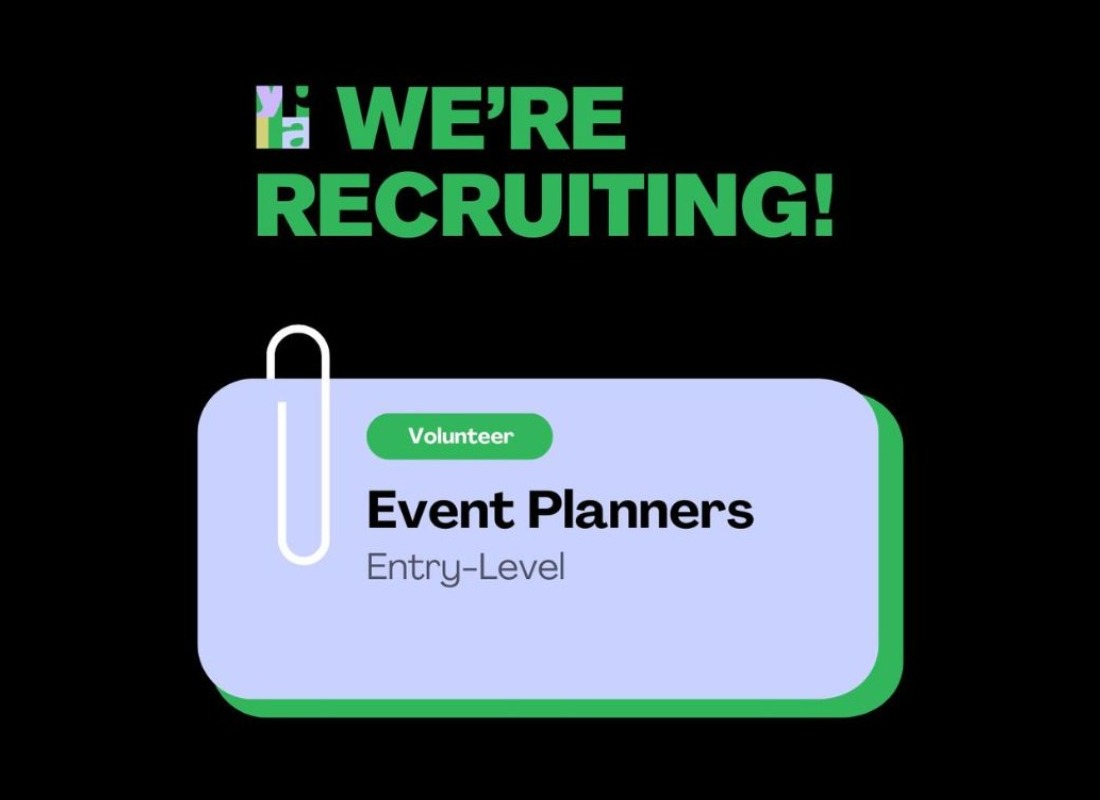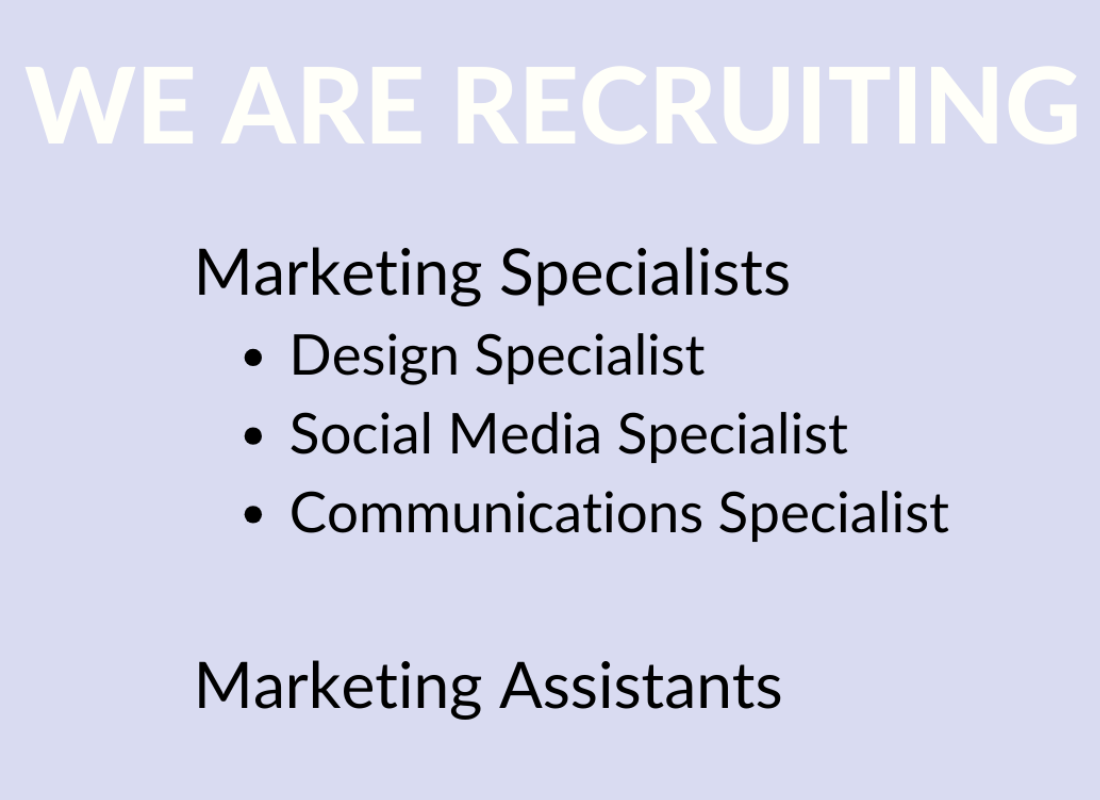
You know that being a freelancer gives you flexibility and freedom but what are the practical aspects of making the leap?
We brought in Creative Consultant Juliet Simmons from Piece of Cake to lead a workshop and here are the 10 top tips that YPIA Marketing Manager Charlotte Cosgrove took away as an essential need-to-know:
1. Highlight your skills
When introducing yourself be clear about your identity as a freelancing professional. Learning how to pitch yourself is an asset and will help to find, convince and convert into jobs.
2. Find your network and community
Once you have identified what work you want to be doing you need to decide what type of companies/organisations you want to be representative of. Having a community to fall back on for support is vital for accountability and resources.
There are lots of groups you can find e.g. Devoted and Disgruntled, Upwork, but if you can’t find the right one, don’t be afraid of starting your own. Transitioning can be hard so having a group of people to check-in is extremely valuable.
3. Always build your pipeline
Even when you have a stream of work coming in it’s imperative that you make time to find new work. That’s how you’ll keep on the conveyor, this means consistently marketing your services via social media, arranging coffee dates, taking up networking opportunities and building a website for people to find your services.
From the meetings or conversations, you will be having make sure to always follow up either by email or a telephone call to keep the momentum of the relationship.
4. Document it all (Taxes, receipts, contracts)
When you’re self-employed you’re the person responsible for bookkeeping, drafting contracts for work agreements. Whether you use a notepad, Excel, Asana or Trello to keep track staying organised will keep you from any mistakes or mishaps along the way which will help especially when tax season comes around.
Unsure about your tax obligations as a freelancer? Go to HMRC
5. Build a portfolio
This is your opportunity to showcase your potential clients the type of work you can do, in many ways your portfolio itself is a project you can show to highlight your skills. Include testimonials about your previous work, this has a lot of weight for potential employers. Whether you were featured in your local newspaper or someone tweeted about your work, include it in your portfolio! Even if this doesn’t relate exactly to the type of work you’re doing, it provides social proof that you are who you say you are.
And don’t shy away from asking for testimonials either! Ask former clients, employers, and even teachers to send you a testimonial
6. Communication is key
Following on from portfolio building, give them an easy way to contact you. Make it simple for visitors to get in touch with you as soon as they know they’re interested in your services!
7. Set a fixed schedule
Keeping to regular hours can be tough for freelancers, but despite the difficulties of keeping a specific structure it can be done and it is important for your well-being that you do this. Recognise when you need to add an extra hour and when to take an extra long lunch break.
If you don’t control your schedule your schedule will control you. It may be worth getting a time-tracking app which you can use to keep you in check and help you to work in an efficient manner.
8. Know your worth
If your work is creative at some point you will hear ‘It will be great exposure’ and sometimes it truly will be great exposure and it will be right to take what they are proposing. Saying that there comes a point where you need to be earning, and you’ll have to say ‘thanks, but no thanks’.
Pricing your work is one of the hardest things about freelancing. There will always be someone cheaper – and more expensive. This is when it is important to know your worth. Check out industry websites and groups, do your research and pick a price you are comfortable with.
This will be an ongoing process and if everyone is saying yes to your price and have plenty of ongoing work it may be worth evaluating and it may be time to put your prices up.
9. Trust your gut
Look out for red flags, sometimes you’ll come across a client or job that saps your enthusiasm and energy so much that it’s just not worth it. If you feel that the job is right for you then there will be no question in taking the job.
10. Working from home is not for everyone
To be successful you have to be highly-motivated and it takes discipline to set boundaries around your work schedule and say no to a day of Netflix.
Some self-evaluation beforehand will help you make this decision, if you think your more apt to working from home than heading to the office then great, if not your probably not suited to freelancing.
11. List of websites/things to check out:
Trello - project management system
Asana - project management system
‘Tell me about yourself’ Holley M. Murchison - book
Freelance calculators e.g. YourRate or Crunch
Xero - accounting software
Quickbooks - accounting software (take photos of receipts)
Toggle - Time-tracking app
TopTracker - Time-tracking app
Devoted and Disgruntled
Upwork
That is it. Now it's time to think about your next steps within the freelance world. Good luck!
If you have any other tips or websites you’d like to share with us and the YPIA community, hop on over to twitter or the YPIA Facebook page and join in the conversation.
Once again, a huge thank you to Juliet Simmons who gave a fantastic workshop last month. Check out her consultancy business Piece of Cake here: http://pieceofcake.tv/




.0af71f.jpg)
.ec8cc4.png)